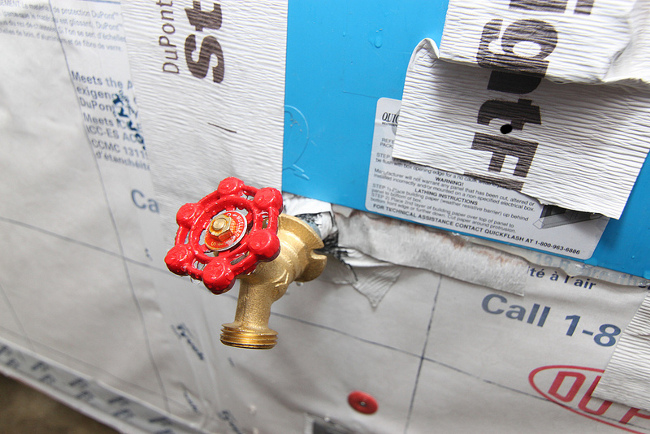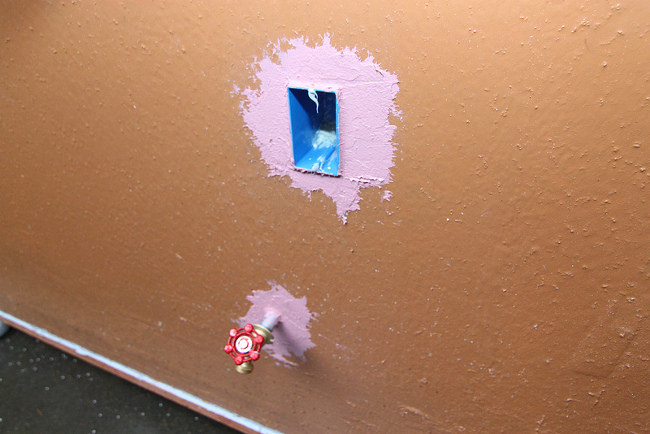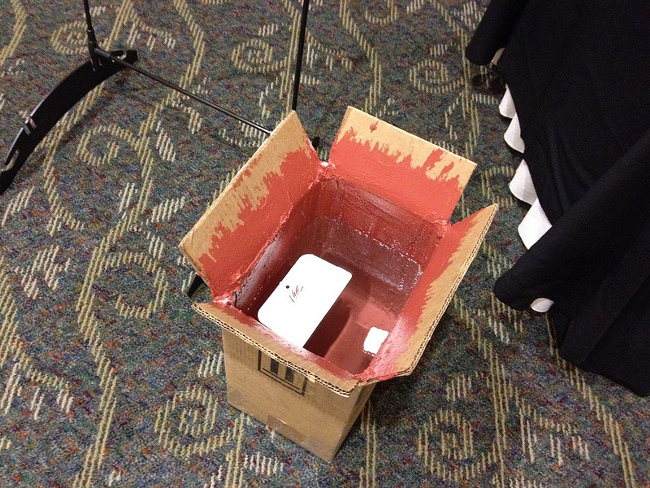Air barrier conference looks to the future.
Last Monday Sam and I attended the Portland Building Enclosures Council’s (BEC) annual symposium at the Oregon Zoo. The Portland BEC, is a nonprofit that provides a forum for members of the construction industry to discuss all things building enclosures and is a chapter of the National Building Enclosure Council.
This year’s event, entitled the “Art and Science of Air Barriers in the Building Design and Construction” was filled to capacity with architects, designers, envelope consultants, and builders. It was great to spend the day interacting and learning with other leaders in the industry that share our passion about building air-tight and high performance buildings (no matter the size).
The highlight of the event was a side by side comparison of four air-barrier mockups utilizing different air-barrier technologies including a vapor permeable peel and stick membrane, a traditional vapor impermeable bitumen peel and stick membrane, a mechanically fastened air barrier, and a vapor permeable liquid applied air barrier system.

Which would you use to stop moisture and air from infiltrating your home? The origami looking assembly above….

Or the seamless liquid applied flashing system pictured here?

The proof is in the pudding (see graph above). The systems perform comparably under normal test conditions (75Pa or 25mph), but when the intensity was increased to simulate extreme weather conditions (299Pa or 50mph ) only the liquid applied system maintained high performance. This is significant especially when you consider that once a leakage path is established during extreme conditions that leak will continue to occur again and again under less extreme conditions. When conditions are at their worst is when you really need your air-barrier and WRB system to perform at its best. That’s why liquid applied flashing is the standard practice at Hammer & Hand.

Favorite quote from the conference came from Tom Schneider about his water tight cardboard box, “Try doing that with peel and stick.”
The cardboard is 100% protected from liquid water by the FastFlash, but water vapor molecules safely pass through the FastFlash and cardboard. According to the PROSOCO blog that box is still holding water and the cardboard is bone dry. Of course that is not a surprise.
The pace at which air barrier technology is growing in the commercial building sector is exciting. Now air barriers are a part of building codes, large commercial buildings are beginning to be tested for air leakage, and fully adhered/liquid vapor permeable air barrier systems are widely available.It’s impressive how far the industry has come in the past decade. Laverne Dalgleish, Executive Director of Air Barrier Association of America (ABAA) made a good point when in his Keynote he recalled asking design professionals in the not so distant past what they knew about air barriers and they’d respond by describing vapor barriers instead.The industry’s understanding of air barrier technology and methodology has come so far but still has a long way to go before it catches up with Europe. Events like this are reminders that Passive House levels of air-tightness are in reach for ALL buildings and are ultimately what we should be aiming for.- SkylarP.S. Here is a gallery of the four different air barrier mock-ups: